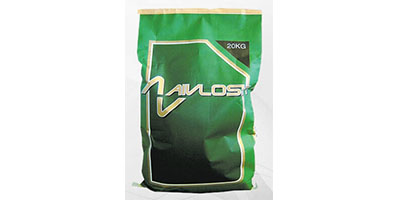Description
Poultry
Used for the prevention and treatment of Mycoplasma bacterial diseases, including Chronic Respiratory Disease (CRD) in broiler, breeder and layer chickens. For the prevention and treatment of diseases due to Clostridium perfringens (acute and subacute necrotic enteritis, wet litter, cholangiohepatitis), and Ornithobacterium rhinotracheale (ORT).
Swine
For the prevention and treatment of Porcine Proliferative Enteropathy (PPE)/lleitis, Swine Dysentery and Enzootic Pneumonia

